How to Create Effective Contrast in Your Paintings
Creating effective contrast in your paintings is like adding spice to a dish; it brings out the flavors and makes everything pop! Contrast is the key ingredient that transforms a flat canvas into a vibrant masterpiece. Without it, your artwork may feel dull and lifeless, lacking the energy that draws viewers in. So, how do you achieve this magical contrast? In this article, we will explore various techniques that focus on color, light, and texture to enhance the visual impact and depth of your artwork.
Color contrast is essential for creating visual interest in paintings. Imagine walking into a room painted entirely in beige; it feels monotonous, right? Now, picture that same room with splashes of bright red and deep blue. The difference is striking! This section delves into the concept of complementary colors, which are colors located opposite each other on the color wheel. When placed side by side, they create a vibrant contrast that can make your artwork sing. For example, pairing a bright orange with a deep blue can create a stunning visual effect that grabs attention.
On the flip side, we have analogous colors—colors that are next to each other on the color wheel. While they may not create the same level of drama as complementary colors, they can still provide a sense of harmony and subtle contrast. For instance, using shades of green and yellow together can evoke feelings of calmness and serenity, which might be perfect for a landscape painting. Understanding how to use both complementary and analogous colors will allow you to create a dynamic range of contrasts in your work.
Light and shadow are the unsung heroes of contrast in painting. They play a crucial role in creating depth and dimension, making your subjects come alive. Think about how a simple object can look entirely different depending on the light source. By manipulating light, you can create dramatic effects that enhance the overall composition of your painting. For instance, a strong light source from one side can cast deep shadows on the opposite side, creating a striking contrast that draws the viewer's eye.
One of the most effective ways to play with light and shadow is through the chiaroscuro technique. This artistic method employs strong contrasts between light and dark to create a sense of volume and depth. The term itself comes from the Italian words "chiaro," meaning light, and "scuro," meaning dark. Artists like Caravaggio and Leonardo da Vinci were masters of this technique, using it to add drama and emotion to their works. By applying chiaroscuro in your paintings, you can evoke feelings of mystery and intrigue, pulling your viewers into the narrative of your artwork.
To truly appreciate the power of chiaroscuro, let’s look at some iconic pieces that utilize this technique:
| Artwork | Artist | Year |
|---|---|---|
| The Calling of Saint Matthew | Caravaggio | 1599-1600 |
| The Virgin of the Rocks | Leonardo da Vinci | 1483-1486 |
| Self-Portrait with Cropped Hair | Frida Kahlo | 1940 |
These masterpieces demonstrate how effectively light and shadow can be used to create dramatic contrast, guiding the viewer's eye and enhancing the emotional impact of the artwork.
If you're eager to master chiaroscuro in your own artwork, here are some practical tips to get you started:
- Study the way light interacts with objects in real life.
- Practice sketching with a single light source to understand the shadows it creates.
- Experiment with different mediums—oil paints, charcoal, or even digital tools can yield different results.
By incorporating these techniques into your practice, you'll gain a better understanding of how to manipulate light and shadow to achieve stunning contrast.
Texture can significantly impact the perception of contrast in a painting. It adds another layer of interest and can enhance the way light interacts with your colors. Think of texture as the fabric of your painting; it can be smooth, rough, glossy, or matte. Each texture can reflect light differently, creating unique contrasts. For instance, a rough, textured area beside a smooth, glossy surface can create a striking visual effect that captures attention. Techniques like impasto, where paint is laid on the canvas thickly, can add dimension and intrigue, inviting viewers to explore your artwork up close.
Composition is key to effective contrast. How you arrange elements within your painting can significantly influence visual tension and focus. Imagine a stage with actors; if they’re all in the same spot, it’s hard to tell who’s important. But if one actor stands out, the audience's attention is drawn to them. In painting, achieving this kind of balance while maintaining contrast is essential. By strategically positioning different elements, you can create harmony and tension simultaneously, making your artwork more engaging and dynamic.
Achieving balance while maintaining contrast is crucial. You can use techniques such as the rule of thirds or golden ratio to position your elements effectively. This way, you can create a visual journey for the viewer's eye, leading them through the painting while highlighting the contrasts that make it interesting.
Establishing focal points through contrast can draw the viewer's eye. Consider using contrasting colors, sizes, or shapes to highlight key areas in your painting. For example, a bright red flower in a field of green grass will immediately catch the eye. This technique not only adds interest but also guides the viewer’s attention to the most important aspects of your artwork.
Q: What is the best way to practice contrast in painting?
A: Start by experimenting with different color combinations and light sources. Create small studies focusing solely on contrast before applying these techniques to larger works.
Q: How can I create depth in my paintings?
A: Use layers of color and varying shades of light and dark to create depth. Incorporate foreground, middle ground, and background elements to enhance the three-dimensional feel of your artwork.
Q: Is texture important for contrast?
A: Absolutely! Texture adds another dimension to your artwork and can significantly enhance the overall contrast when paired with color and light.

Understanding Color Contrast
Color contrast is essential for creating visual interest in paintings. It’s like the spice in your favorite dish; without it, everything can taste bland and uninviting. When we talk about color contrast, we typically refer to the differences in hue, saturation, and brightness between colors. Using these differences effectively can make your artwork not just appealing but also emotionally resonant.
One of the most powerful ways to achieve contrast is through the use of complementary colors. These are colors that sit opposite each other on the color wheel, such as blue and orange or red and green. When placed next to one another, complementary colors can create a vibrant tension that draws the viewer's eye. Imagine a sunset where the deep blue of the sky meets the fiery orange of the sun; the contrast not only captures attention but also evokes feelings of warmth and tranquility.
On the other hand, we have analogous colors, which are next to each other on the color wheel. While they may not provide the same level of stark contrast as complementary colors, they can create a harmonious effect that is equally captivating. For instance, a painting that employs shades of blue, teal, and green can produce a serene atmosphere, inviting viewers to linger a little longer. This subtle interplay between colors can be just as powerful as their contrasting counterparts.
When planning your painting, think about how you can use these color relationships to enhance your composition. Here are a few techniques to consider:
- Color Blocking: Use large areas of contrasting colors to create bold statements.
- Accent Colors: Introduce a pop of color against a more muted palette to draw attention.
- Gradation: Employ a gradual shift between colors to create depth and interest.
In addition to color choices, the brightness and saturation of colors also play a crucial role in contrast. Bright, saturated colors can create a sense of excitement and energy, while muted, desaturated colors can evoke calmness and introspection. By balancing these elements, you can guide the viewer's emotional response to your artwork.
Ultimately, understanding color contrast is about more than just aesthetics; it’s about storytelling. Each color choice you make contributes to the narrative of your painting, inviting viewers to engage with your work on a deeper level. So, the next time you pick up your brush, think about the contrasts you can create and how they can transform your canvas into a vibrant dialogue between colors.
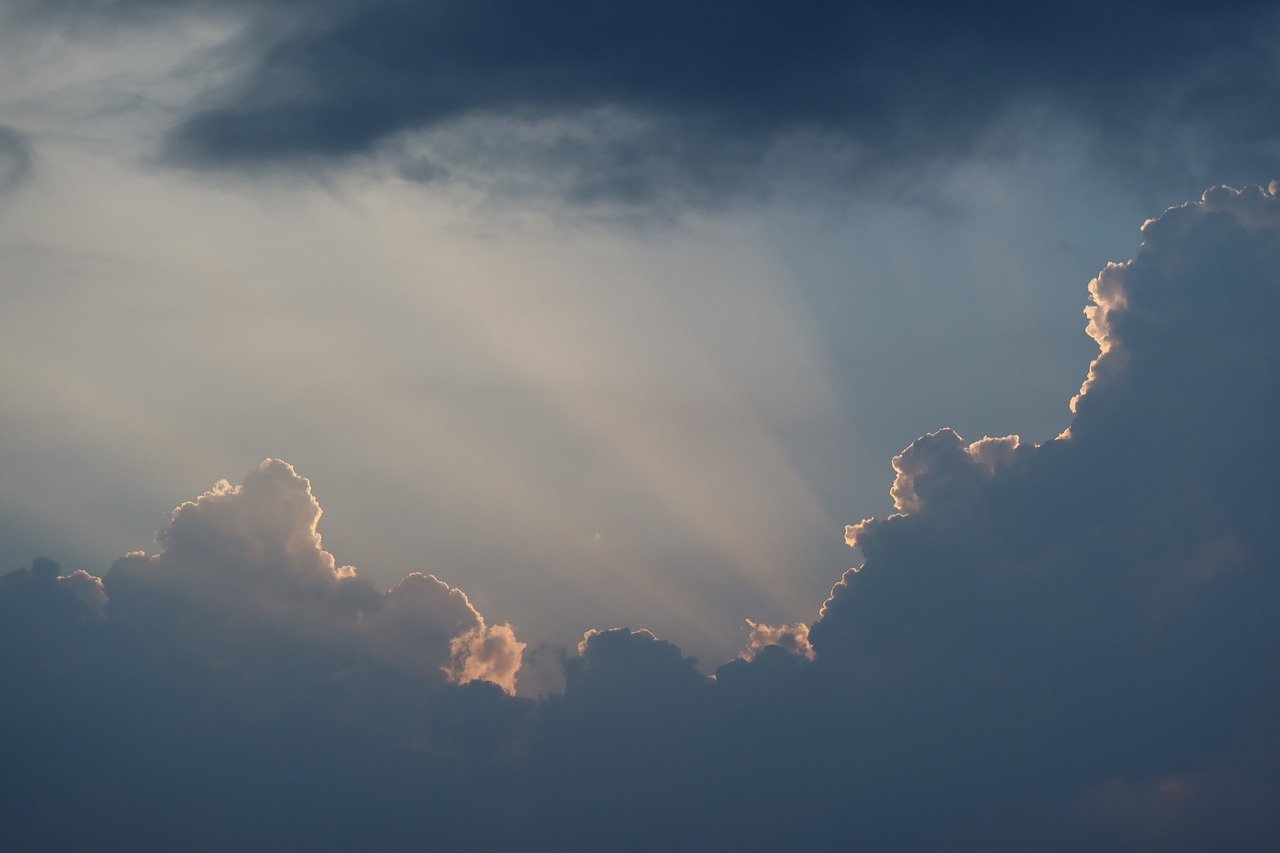
The Role of Light and Shadow
When it comes to painting, light and shadow are not just mere elements; they are the very essence that breathes life into your artwork. Imagine walking into a room filled with paintings—some flat and lifeless, while others seem to leap off the canvas. What makes the difference? It’s the masterful manipulation of light and shadow that creates depth and dimension, drawing the viewer into the scene. By understanding how to control these elements, you can transform a simple image into a captivating visual story.
Light sources can dramatically alter the mood and perception of your painting. For instance, consider the difference between a bright, sunny day and a dimly lit evening. The way light interacts with your subjects can evoke emotions, set a tone, and even guide the viewer's eye to specific areas of interest. Whether you're painting a serene landscape or a dynamic portrait, recognizing how to utilize light and shadow is essential for creating a compelling composition.
To effectively harness light and shadow in your artwork, you can follow these key principles:
- Identify the Light Source: Determine where the light is coming from in your scene. Is it natural sunlight, a lamp, or perhaps moonlight? Understanding the direction of the light will help you accurately depict shadows and highlights.
- Study the Shadows: Shadows are just as important as the light itself. They define shapes and add depth. Pay attention to how shadows fall and the shapes they create on the surfaces around them.
- Use Contrast Wisely: The juxtaposition of light and dark can create drama. Think of it like a dance—too much light can wash out the details, while too much shadow can obscure the subject. Finding that perfect balance is key.
Incorporating these principles into your practice will not only enhance your skills but also elevate your artwork to new heights. Think of light and shadow as the dynamic duo of the art world—they work together to create a visual narrative that captivates and engages.
One of the most effective methods for manipulating light and shadow is through the chiaroscuro technique. This Italian term translates to "light-dark" and refers to the dramatic use of contrasts between light and shadow. Chiaroscuro has a rich history in art, famously employed by masters like Caravaggio and Leonardo da Vinci. By emphasizing the stark differences between illuminated areas and dark shadows, artists can create a sense of volume and three-dimensionality.
Famous artworks that utilize chiaroscuro can serve as incredible inspiration. For example, Caravaggio’s The Calling of Saint Matthew showcases a brilliant interplay of light piercing through darkness, guiding the viewer's gaze to the central figures. Similarly, Leonardo da Vinci’s The Virgin of the Rocks employs this technique to create a soft transition between light and dark, enhancing the ethereal quality of the scene.
If you’re looking to master this technique, start by practicing with simple objects. Set up a still life with a single light source and observe how the light interacts with different surfaces. Experiment with various angles and distances to see how shadows change. Additionally, consider using a monochromatic palette to focus solely on values without the distraction of color. This will help you understand the essential role of light and shadow in your compositions.
In summary, the role of light and shadow in painting cannot be overstated. They are the vital forces that create depth, evoke emotion, and guide the viewer’s experience. By mastering these elements, you’ll be well on your way to creating stunning works of art that resonate with your audience.
Q: What is the best way to practice using light and shadow in my paintings?
A: Start with simple still life setups using a single light source. Observe how different objects cast shadows and reflect light. Experiment with different angles and distances to see how they affect the overall composition.
Q: How can I create more depth in my paintings?
A: Use a combination of light and shadow to define shapes and forms. Additionally, consider layering your colors and using contrasting values to enhance the three-dimensionality of your subjects.
Q: Are there any specific color palettes that work well with light and shadow?
A: While any color palette can work, using a limited palette can help you focus on values and contrasts. Neutral colors can also enhance the impact of light and shadow, allowing you to experiment without overwhelming the composition.
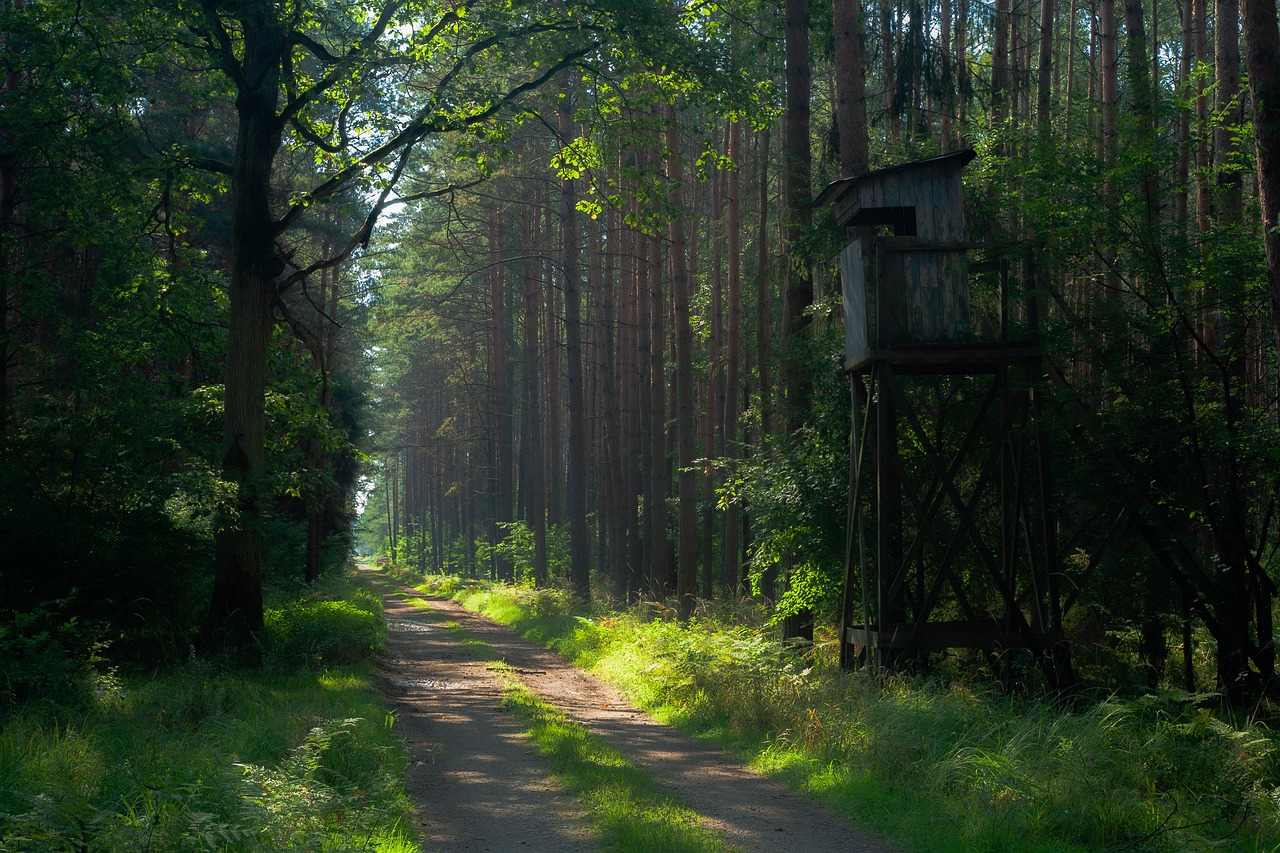
Using Chiaroscuro Technique
The chiaroscuro technique is a powerful tool in the artist's arsenal, enabling the creation of stunning contrasts between light and dark. This technique, which originated during the Renaissance, is not just about the interplay of shadows and highlights; it’s about telling a story through light. Imagine walking into a dimly lit room where a single beam of sunlight pierces through the darkness, illuminating a face or an object—this is the essence of chiaroscuro. It draws the viewer's eye, creates drama, and evokes emotion. To harness this technique effectively, artists must first understand the importance of light sources and how they interact with their subjects.
Historically, chiaroscuro has been used by masters like Caravaggio and Rembrandt, who manipulated light to create depth and intrigue in their paintings. These artists understood that light not only reveals form but also creates a sense of atmosphere. When you look at a Caravaggio painting, for example, you can almost feel the tension in the room, heightened by the stark contrasts between illuminated and shadowed areas. To achieve this in your own work, start by observing how light behaves in your surroundings. Take note of the direction and intensity of light, and how it affects the colors and shapes of objects.
When applying chiaroscuro in your paintings, consider these key steps:
- Identify Your Light Source: Decide where the light is coming from. Is it natural light from a window or artificial light from a lamp? This will dictate how you paint shadows and highlights.
- Sketch the Basic Shapes: Begin with a simplified sketch of your subject. Focus on the overall forms and how light will interact with them.
- Establish Values: Use a range of values from light to dark to create depth. This means you might need to adjust your color palette to include more shades of gray or even black to enhance the contrast.
- Layer Your Paint: Start with the darker tones and gradually build up to the lighter areas. This layering technique can help you achieve a more realistic effect.
Incorporating chiaroscuro into your artwork is not just about technique; it's also about emotional expression. The contrasts you create can evoke feelings of tension, serenity, or drama. Think about how you want your viewer to feel when they look at your painting. Do you want them to feel the warmth of a sunny day or the chill of a moonlit night? Use chiaroscuro to amplify that feeling. Remember, practice makes perfect. Don't be afraid to experiment with different light sources and subjects until you find the style that resonates with you.
In conclusion, the chiaroscuro technique is an artistic journey that allows you to explore the relationship between light and dark. By mastering this technique, you can add a layer of sophistication and depth to your paintings, transforming simple scenes into captivating narratives. So, grab your brushes and start playing with shadows and light—your canvas is waiting!
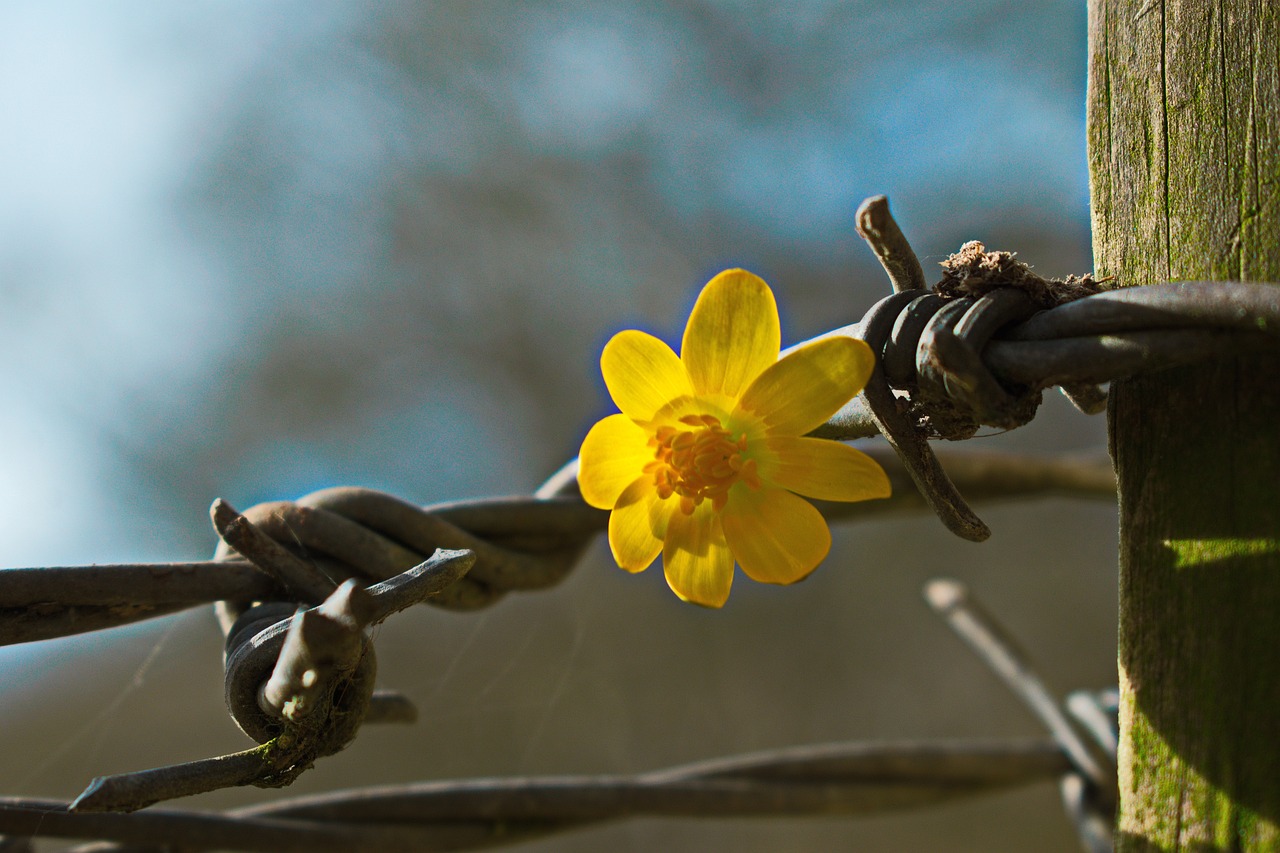
Examples of Chiaroscuro in Art
Chiaroscuro, the dramatic interplay of light and shadow, has captivated artists and audiences alike for centuries. This technique not only adds depth to a painting but also evokes emotions, creating a powerful visual narrative. One of the most celebrated examples of chiaroscuro can be found in the works of Caravaggio, whose paintings often feature stark contrasts that draw the viewer's eye to key elements. For instance, in his masterpiece The Calling of Saint Matthew, the use of light illuminating Matthew amidst a dark background creates an intense focus that heightens the moment's significance.
Another iconic representation of chiaroscuro is seen in Leonardo da Vinci's The Virgin of the Rocks. Here, the soft transitions between light and shadow create a three-dimensional effect, lending a sense of realism and depth to the figures. Da Vinci masterfully manipulates light to guide the viewer's gaze, enhancing the emotional resonance of the scene.
Moving into the realm of modern art, the influence of chiaroscuro can still be observed. Artists like Rembrandt took this technique to new heights, especially in works such as The Night Watch. The dramatic lighting not only highlights the figures but also creates a sense of movement and action, making the viewer feel as though they are part of the scene. Rembrandt's ability to create depth through shadow is a testament to the enduring power of chiaroscuro.
To further illustrate the impact of chiaroscuro, consider the following table showcasing notable artists and their works that exemplify this technique:
| Artist | Artwork | Year | Significance |
|---|---|---|---|
| Caravaggio | The Calling of Saint Matthew | 1599-1600 | Highlights the moment of divine intervention with intense light. |
| Leonardo da Vinci | The Virgin of the Rocks | 1483-1486 | Creates a three-dimensional effect with soft light transitions. |
| Rembrandt | The Night Watch | 1642 | Uses dramatic lighting to convey movement and action. |
| Giorgione | The Tempest | 1508 | Employs subtle chiaroscuro to evoke mystery and emotion. |
By examining these examples, it's clear that chiaroscuro is not just a technique but a language of its own. Each artist uses light and shadow to tell a story, engage the viewer, and evoke feelings that resonate long after the initial glance. As you explore your own artistic journey, consider how you can incorporate chiaroscuro to add depth and drama to your paintings.
What is chiaroscuro? Chiaroscuro is an artistic technique that emphasizes the contrast between light and dark to create a sense of volume and depth in two-dimensional works.
How can I practice chiaroscuro in my paintings? Start by observing how light interacts with objects in your environment. Use a single light source to create strong shadows and highlights, and experiment with different subjects to see how they respond to light.
Are there modern artists who use chiaroscuro? Yes, many contemporary artists continue to use chiaroscuro techniques. Exploring modern interpretations can provide fresh insights into this classic method.
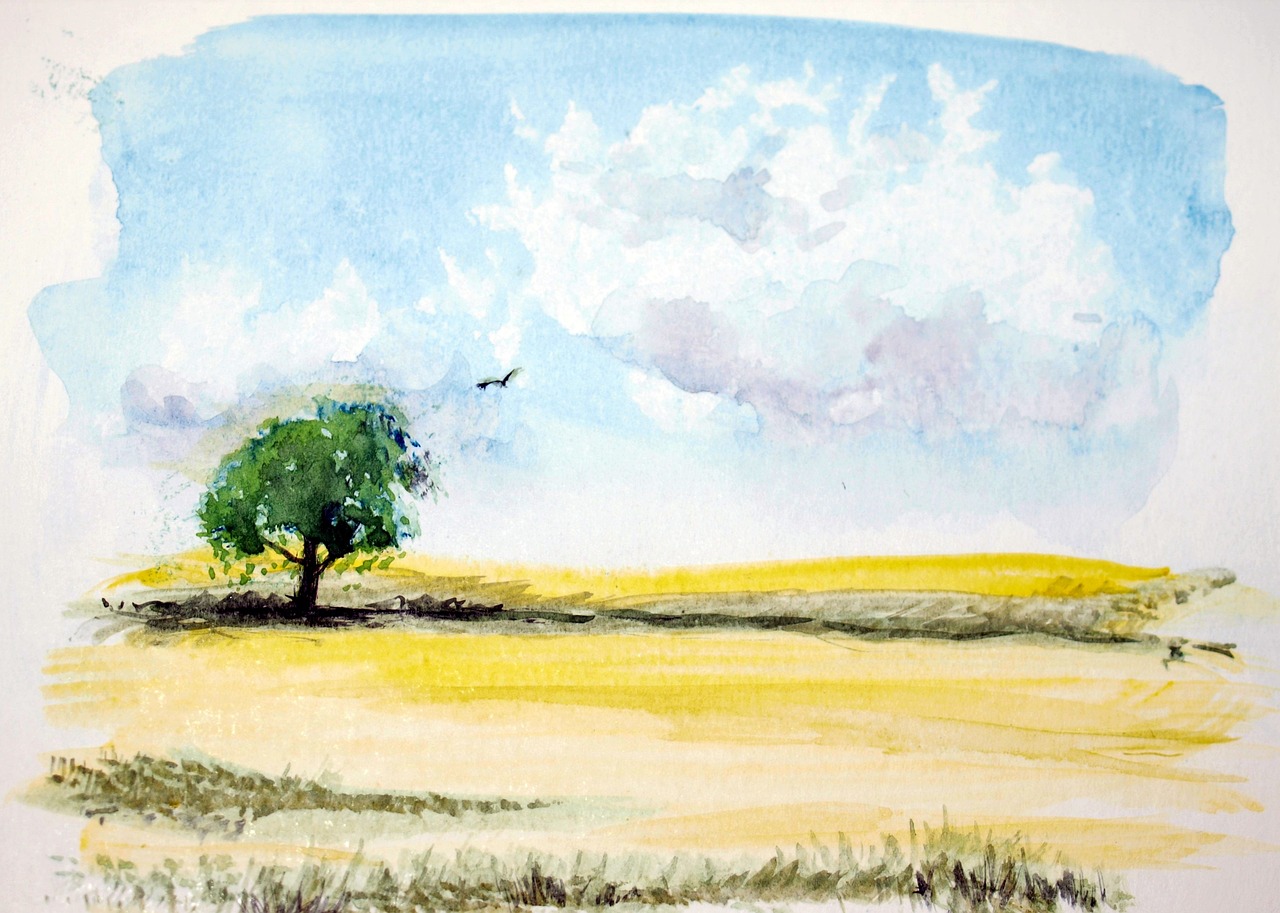
Tips for Mastering Chiaroscuro
Mastering the chiaroscuro technique can elevate your paintings to new heights, allowing you to create captivating depth and drama. Here are some essential tips to help you harness the power of light and shadow effectively. First, start with a solid understanding of your light source. Identify the direction from which the light is coming, as this will dictate the placement of highlights and shadows. Think of it as the sun shining on a landscape; the way it casts shadows can completely transform the scene.
Next, practice sketching simple forms like spheres and cubes. This exercise will help you visualize how light interacts with different surfaces. Pay close attention to the gradients of light and dark, as these transitions are crucial in achieving a realistic effect. A helpful tip is to use a range of values from light to dark; this will create more dynamic contrasts. You might find it beneficial to create a small value scale to reference while you paint.
Additionally, consider the color palette you are using. While chiaroscuro primarily focuses on light and dark, the colors you choose can enhance the overall impact. For instance, using warm colors for highlights and cool colors for shadows can create a more vivid contrast. Remember, the emotional tone of your painting can shift dramatically based on your color choices, so choose wisely!
Another effective strategy is to observe and analyze works by masters who excelled in chiaroscuro. Artists like Caravaggio and Rembrandt are renowned for their mastery of this technique. Take the time to study their use of light and shadow, and consider how you might incorporate similar methods into your own work. You could even attempt to replicate a small section of their paintings to practice.
Finally, don’t shy away from experimentation. Try different mediums, whether it’s oil, acrylic, or charcoal, as each can produce unique effects. You might find that charcoal allows for softer transitions, while oil paints can create more saturated contrasts. The key is to keep experimenting until you find what works best for you.
In summary, mastering chiaroscuro involves a combination of understanding light sources, practicing with basic forms, selecting an effective color palette, studying the masters, and experimenting with various mediums. Embrace the journey, and remember that each stroke brings you closer to mastering this timeless technique!
- What is chiaroscuro? Chiaroscuro is an artistic technique that uses strong contrasts between light and dark to create a sense of volume and three-dimensionality in painting.
- Can I use chiaroscuro in digital art? Absolutely! Chiaroscuro techniques can be applied in digital painting just as effectively as in traditional mediums.
- What are some famous examples of chiaroscuro? Notable examples include Caravaggio's "Judith Beheading Holofernes" and Rembrandt's "The Night Watch."
- How can I practice chiaroscuro at home? You can practice by setting up a simple still life with a single light source and sketching or painting the objects, focusing on the light and shadow.

Texture as a Contrast Element
When it comes to painting, texture is often an underappreciated element, yet it holds the power to transform a flat canvas into a vibrant, dynamic experience. Just like the rough bark of a tree juxtaposed against the smooth surface of a river, texture creates a palpable sense of contrast that can elevate your artwork to new heights. By manipulating texture, you can guide the viewer's eye, evoke emotions, and add depth to your compositions.
Imagine walking through an art gallery. Your attention is immediately drawn to a painting that seems to leap off the canvas. What you’re witnessing is not just color and form, but the clever use of texture. Texture can be created using various techniques, such as impasto, where paint is laid on thickly, or through the application of mixed media. Each method offers a unique way to play with light and shadow, enhancing contrast in your work.
One effective way to incorporate texture is by combining different materials. For instance, using sand or fabric in your paint can create a rough surface that contrasts beautifully with smoother areas. This interplay between textures not only captures the eye but also invites the viewer to engage more intimately with the piece. Consider how the roughness of a mountain range can emphasize the smoothness of a clear sky; this is the kind of contrast that can make your painting truly memorable.
Moreover, texture can influence the perception of color. A glossy finish can make colors appear more vibrant, while a matte surface might soften them. This relationship between texture and color is crucial for achieving the desired emotional response from your audience. For example, a painting with a gritty texture may evoke feelings of harshness or struggle, whereas a soft, velvety texture might convey warmth and comfort.
As you explore the world of texture, remember that it’s not just about adding physical elements to your painting; it’s also about creating a visual dialogue. How do the different textures interact? Do they complement each other, or do they create tension? This interaction can be a powerful tool in storytelling within your artwork, drawing the viewer into the narrative you wish to convey.
To help you get started, here are a few techniques to consider:
- Impasto Technique: Apply thick layers of paint with a palette knife to create a three-dimensional effect.
- Collage Elements: Incorporate materials like paper, fabric, or natural elements to introduce contrasting textures.
- Dry Brushing: Use a dry brush technique to create a soft texture that contrasts with smoother areas.
- Glazing: Apply transparent layers of paint to create depth and a sense of smoothness over textured areas.
In conclusion, texture is not merely an afterthought; it is a vital component of your artistic toolkit. By thoughtfully integrating texture into your paintings, you can create a rich tapestry of contrasts that not only captivates the eye but also stirs the soul. So, the next time you pick up your brush, consider how you can use texture as a powerful element of contrast in your artwork.
Q: What is the best way to add texture to my paintings?
A: There are numerous methods to add texture, such as using thick paint (impasto), incorporating mixed media, or applying materials like sand or fabric. Experiment with different techniques to find what works best for your style.
Q: How does texture affect the perception of color?
A: Texture can significantly influence how colors are perceived. Glossy textures can enhance vibrancy, while matte surfaces may soften colors. The interplay between texture and color can evoke different emotions and responses from viewers.
Q: Can I use texture to tell a story in my artwork?
A: Absolutely! Texture can create a visual dialogue within your painting. By contrasting different textures, you can convey themes, emotions, and narratives that engage the viewer on a deeper level.
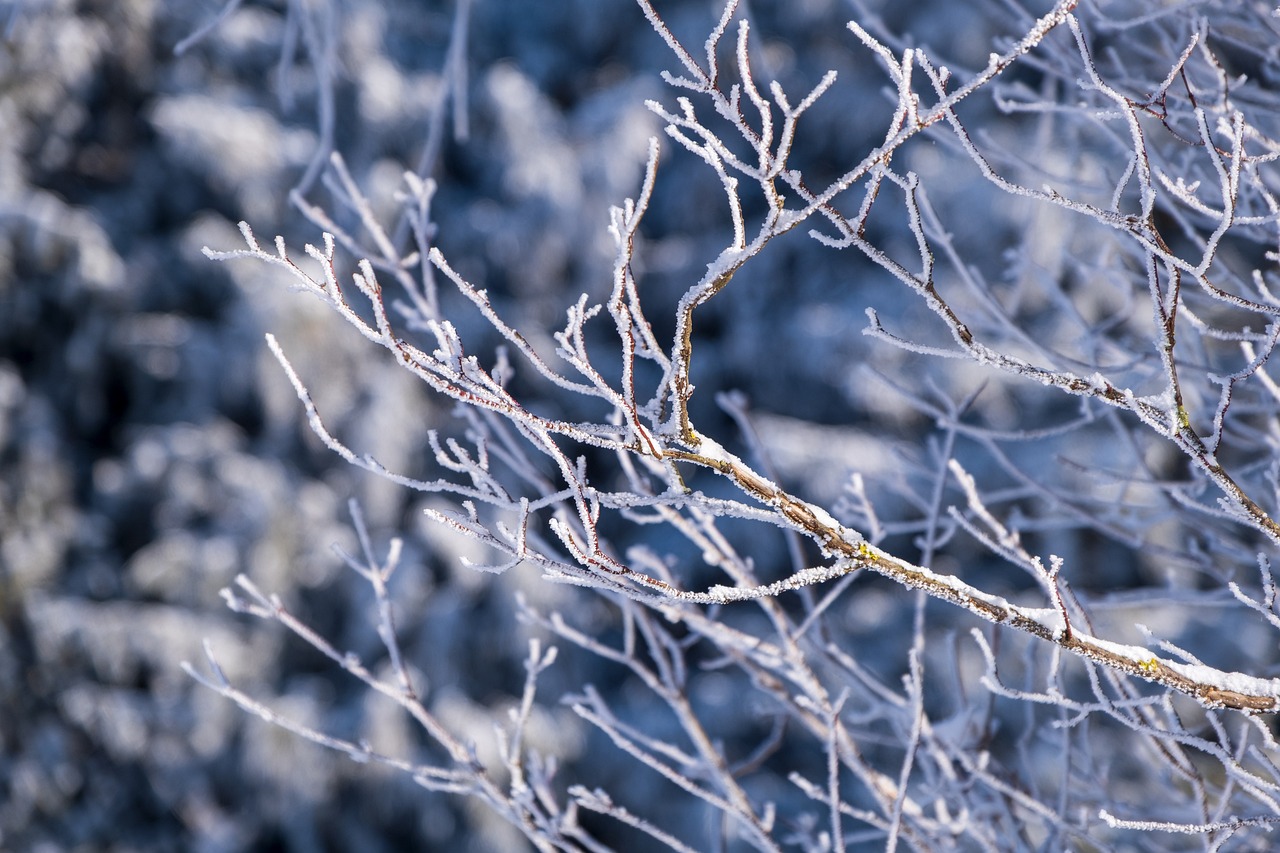
Contrast in Composition
When it comes to painting, the arrangement of elements within your composition is just as crucial as the colors you choose. is about creating a visual dialogue that captures attention and guides the viewer's eye. Imagine walking into a room filled with furniture all painted the same color; it might look nice, but it lacks the excitement that comes from variety. In the same way, your paintings need contrasting elements to create dynamic interactions that evoke emotion and intrigue.
One of the key aspects of achieving contrast in composition is understanding the balance between different elements. This balance doesn't mean everything should be symmetrical; rather, it involves a careful arrangement of shapes, colors, and textures that creates visual tension. For instance, placing a bright, vibrant object next to a muted background can amplify its presence, making it the focal point of your work. Think of it as a conversation between quiet and loud—each element plays a role in the overall narrative of the piece.
To illustrate this, let’s consider a few strategies you can employ to enhance contrast in your compositions:
- Color Juxtaposition: Use colors that are opposite on the color wheel. For example, pairing bright orange with deep blue can create a striking visual effect that draws the eye.
- Size Variation: Contrast can also be achieved through size. A large object next to a small one can create a sense of scale and importance, making the larger object feel even more dominant.
- Texture Differences: Incorporating various textures can add depth. A smooth surface next to a rough one can create an interesting tactile quality that invites viewers to engage with the artwork.
Moreover, establishing a focal point is essential in your composition. The focal point is where you want to draw the viewer's attention first. This can be achieved by using contrast effectively—perhaps a brightly colored subject set against a darker background. By doing this, you not only guide the viewer's gaze but also create a sense of hierarchy within your painting. Think of it as directing a spotlight on a performer in a theater; without that light, the performer might blend into the background, losing their impact.
Another critical aspect to consider is the flow of your composition. The arrangement should lead the viewer's eye through the painting in a way that feels natural and engaging. You can create pathways using lines or shapes that direct attention from one element to another. This technique not only enhances the overall contrast but also creates a sense of movement within the piece, making it feel alive and vibrant.
Lastly, don’t be afraid to break the rules. Some of the most captivating artworks come from artists who dared to defy conventional composition. Experiment with asymmetry, unexpected color combinations, or unusual placements of elements. This kind of exploration can lead to breakthroughs in your artistic style and a deeper understanding of how contrast can shape your work.
In summary, mastering contrast in composition is about creating a visual experience that resonates with viewers. By balancing elements, establishing focal points, and allowing for movement within your artwork, you can create pieces that are not only visually striking but also emotionally impactful. So grab your brushes, dive into the world of contrast, and let your creativity shine!
Q1: How can I practice contrast in my paintings?
A1: Start by experimenting with different color combinations and placements. Try creating several small sketches focusing solely on contrast, using various techniques like size, color, and texture to see what works best for you.
Q2: What is the best way to create a focal point?
A2: A great way to create a focal point is to use contrasting colors or shapes. Position the focal point in a way that it naturally draws the viewer's eye, perhaps by placing it off-center in your composition.
Q3: Can I use digital tools to experiment with contrast?
A3: Absolutely! Digital art software often has features that allow you to easily manipulate colors, layers, and textures, making it a fantastic tool for experimenting with contrast before committing to a final piece.
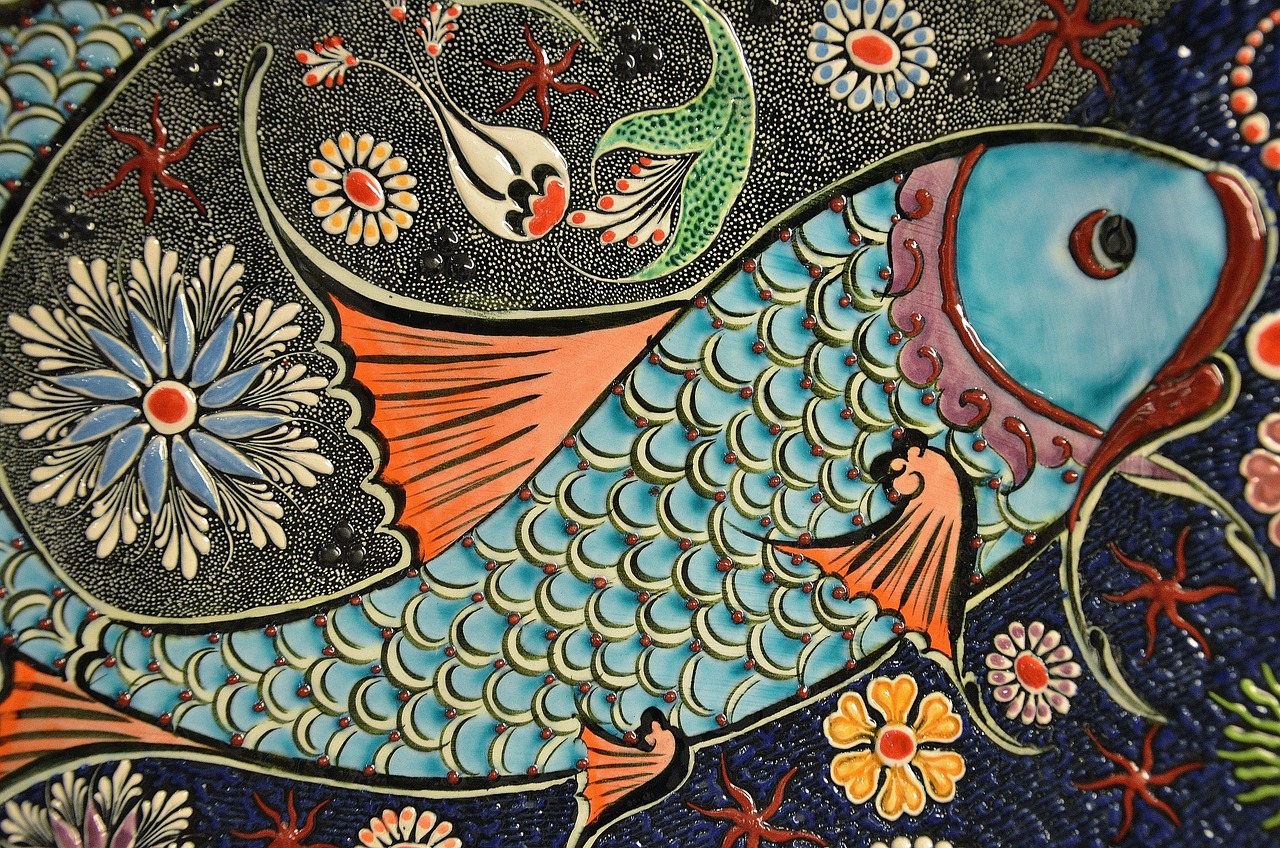
Balancing Elements for Contrast
When it comes to creating compelling paintings, achieving a balance between contrasting elements is akin to walking a tightrope. You want to create visual tension that draws the viewer in without overwhelming them. Think of it like a well-composed symphony; each note must harmonize with the others while still allowing certain instruments to shine through. In painting, this means positioning elements in such a way that they complement each other while also standing out distinctly.
One effective way to achieve this balance is by using the principles of design: proximity, alignment, repetition, and contrast. For instance, consider the proximity of elements. Placing contrasting colors or textures close together can create a dynamic interaction that enhances visual interest. Imagine a bright red apple sitting on a dark wooden table; the stark difference in color not only highlights the apple but also adds depth to the scene.
Another vital aspect is alignment. Aligning your elements can guide the viewer’s eye and create a sense of order amidst chaos. When contrasting elements are aligned thoughtfully, they can create a flow that leads the viewer through the painting. For example, a diagonal line created by contrasting colors can draw the eye from one corner of the canvas to another, enhancing the overall composition.
To illustrate the importance of balancing elements, consider the following table that outlines how different contrasts can be effectively balanced:
| Contrast Type | Balancing Techniques |
|---|---|
| Color Contrast | Use complementary colors in close proximity to create visual tension. |
| Light vs. Dark | Position lighter elements against darker backgrounds to enhance depth. |
| Texture Contrast | Combine smooth and rough textures to create a tactile experience. |
| Size Contrast | Place smaller elements next to larger ones to emphasize scale. |
Finally, let’s not forget the role of negative space. This is the space around and between the subjects of an image. By incorporating negative space effectively, you can enhance the contrast of the elements within your painting. For example, a small, brightly colored object against a vast expanse of neutral color can create a striking focal point, making the object appear even more vibrant and engaging.
In summary, balancing elements for contrast is all about creating a dialogue between the different components of your painting. By being mindful of how you position colors, textures, and forms, you can create a harmonious yet dynamic composition that captivates your audience. Remember, the goal is not just to create contrast but to use it as a tool to enhance the storytelling aspect of your artwork. So, next time you pick up your brush, think of how each element interacts and supports the other, and watch your paintings come to life!
- What is the best way to create contrast in my paintings?
The best way to create contrast is by using complementary colors, varying light and dark elements, and incorporating different textures. Experimentation is key!
- How can I balance contrasting elements effectively?
To balance contrasting elements, focus on principles of design such as proximity, alignment, and the use of negative space. These will help create harmony in your artwork.
- Is there a specific technique for using light and shadow?
Yes, techniques like chiaroscuro can help you manipulate light and shadow to create depth and drama in your paintings.
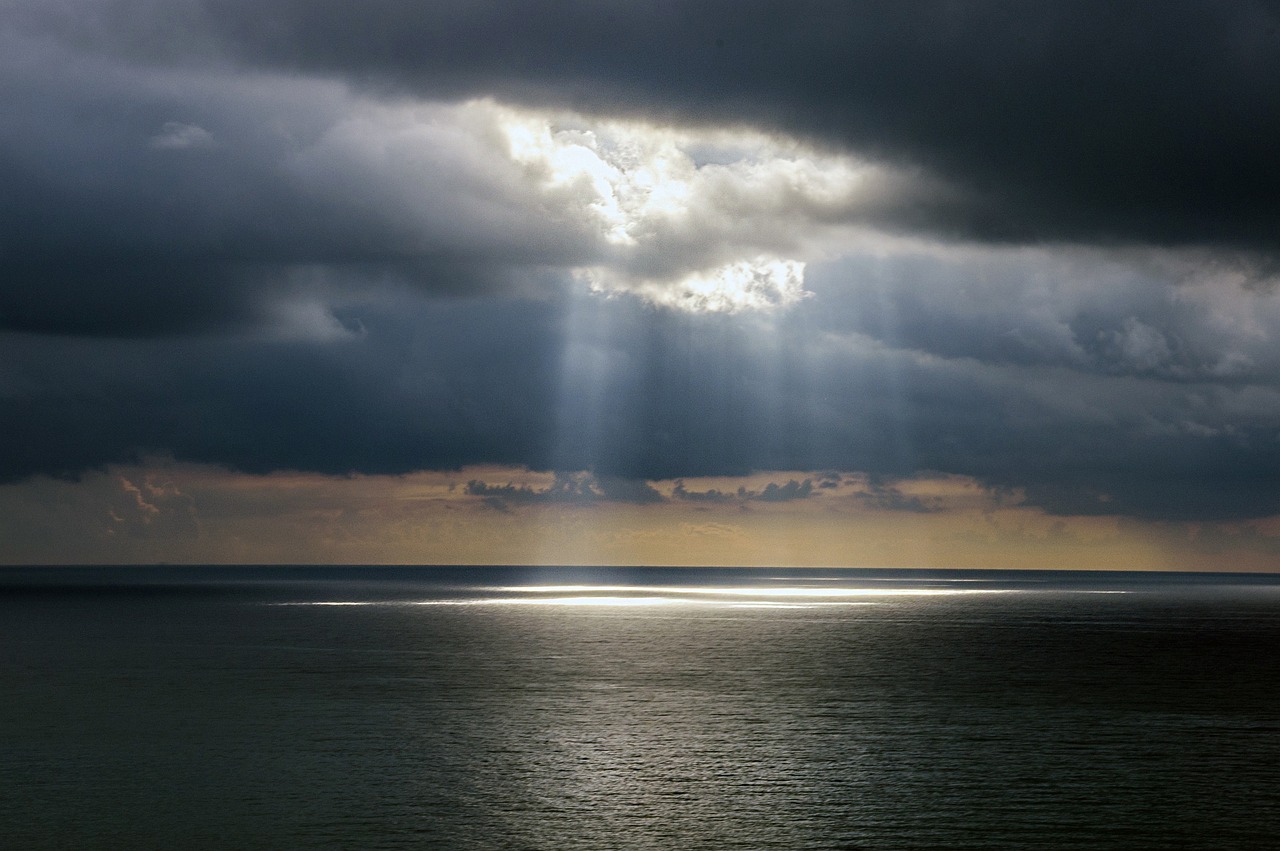
Creating Focal Points
When it comes to painting, creating focal points is like setting the stage for a grand performance. It's all about drawing your viewer's eye to specific areas of your artwork, making them stop and take notice. Think of a focal point as the main character in a story; without it, the narrative falls flat. So, how do you effectively establish these focal points? It’s simpler than you might think! By utilizing contrast, you can guide the viewer's gaze exactly where you want it.
One of the most effective ways to create a focal point is through the use of contrasting colors. For example, if your painting predominantly features cool tones like blues and greens, introducing a warm color such as red or orange can create a striking point of interest. This technique not only highlights the area but also adds a dynamic energy to your piece. Moreover, consider the size and shape of the elements in your painting; larger or more intricate details can naturally draw attention. Just like a loud shout in a quiet room, bold elements demand to be seen!
Another powerful tool in your artist's arsenal is the manipulation of light and shadow. By illuminating certain areas while keeping others in shadow, you can create a dramatic effect that pulls the viewer's attention. This method is particularly effective in portraiture, where the face can be highlighted against a darker background, making it the undeniable focal point. Imagine the way a spotlight shines on a performer, casting everything else into the background—it’s all about creating that visual hierarchy.
Additionally, the placement of your focal point within the composition is crucial. A common guideline is the Rule of Thirds, which suggests dividing your canvas into a grid of nine equal sections and placing your focal point at the intersections. This not only creates balance but also adds tension and interest. For example, if you’re painting a landscape, placing a tree or a mountain off-center rather than smack in the middle can lead to a more engaging composition. It's like arranging furniture in a room; a little asymmetry often makes things feel more inviting and lively.
Lastly, consider using leading lines to guide the viewer's eye toward your focal point. These can be natural lines within the scene, such as roads, rivers, or even the direction of a figure's gaze. By strategically positioning these elements, you can create a pathway that leads the viewer right to the heart of your painting. Think of it as a treasure map, where the 'X' marks the spot, inviting exploration and discovery.
In summary, creating focal points in your paintings is all about contrast, placement, and guidance. By implementing these techniques, you can transform your artwork from a simple arrangement of colors into a captivating visual story that resonates with viewers. Remember, every painting has a narrative waiting to unfold, and your focal points are the key characters that will draw your audience in.
- What is a focal point in painting?
A focal point is the area in a painting that draws the viewer's attention, often achieved through contrast, color, and placement. - How can I create multiple focal points?
You can create multiple focal points by using different contrasting colors or shapes, ensuring they are balanced within the composition. - Is it necessary to have a focal point in every painting?
While not every painting requires a focal point, having one can enhance the viewer's experience and guide their interpretation of the artwork.
Frequently Asked Questions
- What is color contrast and why is it important in painting?
Color contrast refers to the difference between colors that makes them stand out against each other. It’s crucial because it adds visual interest, guides the viewer's eye, and can evoke emotions. Think of it as the spice in your painting; without it, everything can taste a bit bland!
- How can I effectively use light and shadow in my artwork?
Manipulating light and shadow is all about creating depth. You can achieve this by identifying your light source and using it to highlight certain areas while casting others into shadow. This technique not only adds dimension but also drama, making your subjects pop off the canvas!
- What is chiaroscuro and how can I apply it in my paintings?
Chiaroscuro is an artistic technique that emphasizes strong contrasts between light and dark. To apply it, start by sketching your subject and then determine where the light hits and where shadows fall. It’s like creating a three-dimensional effect on a flat surface—magical, right?
- Can you provide examples of famous artworks that use chiaroscuro?
Absolutely! Iconic pieces like Caravaggio's "The Calling of Saint Matthew" and Rembrandt's "The Night Watch" are prime examples. They masterfully utilize light and shadow to create a dramatic narrative that draws viewers in.
- What are some tips for mastering the chiaroscuro technique?
Practice is key! Start with simple objects and focus on the light source. Use a limited palette to help you see the variations in light and shadow. Additionally, try using a single light source in a dark room to really see how shadows work. It’s all about observation and experimentation!
- How does texture impact contrast in paintings?
Texture adds a tactile quality to your work, enhancing the perception of contrast. For instance, a rough texture can make smooth areas appear even smoother by comparison. Incorporating different materials and techniques can elevate your painting's visual appeal significantly!
- What is the role of composition in creating contrast?
Composition is like the blueprint of your painting. Arranging elements intentionally can create visual tension and focus. Think of it as setting the stage for a play; the way you position your characters (or elements) can dramatically change the story being told!
- How can I create focal points using contrast?
To create focal points, use contrasting colors, shapes, or sizes to draw attention to specific areas. It’s like spotlighting a star performer on stage; you want the viewer’s eye to go exactly where you want it to go. Experiment with different contrasts to see what works best!



















